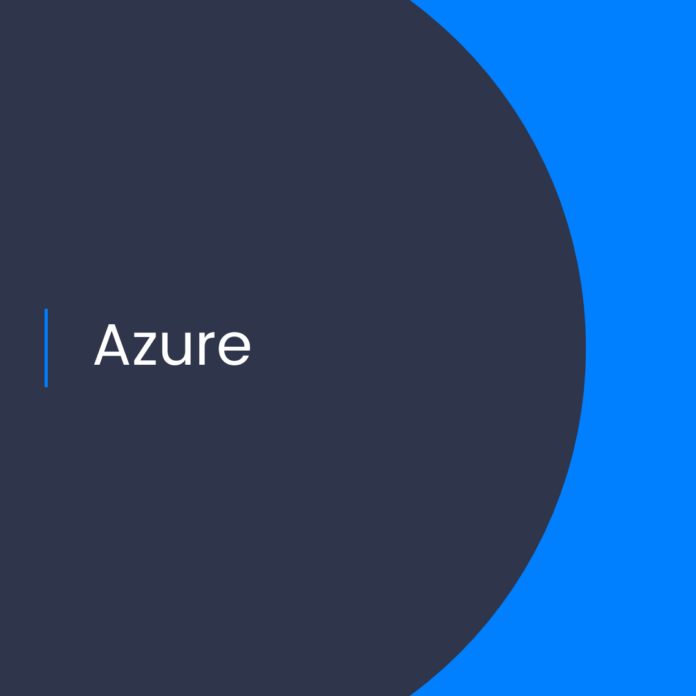Cloud Architecture: A Comprehensive Guide
Introduction
The world of technology is rapidly evolving. Cloud architecture is no exception. Cloud architecture is the design of a cloud computing system that provides a comprehensive, secure, and efficient environment for businesses to store and access data. With the right approach to cloud architecture, companies can maximize their investment in the cloud, allowing them to focus on other areas of their business.
What is Cloud Architecture?
Cloud architecture is the design of a cloud computing system. It provides an environment for businesses to store and access data securely and efficiently. Cloud architecture is a complex system of components that must be designed and implemented to ensure the performance, scalability, and security of the cloud.
The Benefits of Cloud Architecture
Cloud architecture provides numerous benefits for businesses, including:
• Increased Efficiency: Cloud architecture makes it easier for businesses to store and access data from anywhere in the world. This allows businesses to quickly and easily access the data they need to make decisions and stay competitive.
• Improved Security: Cloud architecture provides enhanced security measures that protect businesses from malicious attacks and data breaches.
• Cost Savings: Cloud architecture can help businesses reduce their IT costs by eliminating the need to purchase and maintain hardware and software.
• Scalability: Cloud architecture can easily scale to meet the needs of businesses as they grow.
Components of Cloud Architecture
Cloud architecture is composed of several components, including:
• Infrastructure: This includes hardware, software, and the network components that are needed to build and manage the cloud.
• Platforms: These are the core cloud computing services that allow businesses to store and access data from anywhere in the world.
• APIs: These are the application programming interfaces that allow applications to interact with the cloud.
• Services: These are the services that are used to manage and monitor the cloud environment.
• Security: Security measures are essential for protecting the cloud environment from malicious attacks and data breaches.
Conclusion
Cloud architecture is a complex system that provides businesses with an efficient, secure, and cost-effective environment for storing and accessing data. With the right approach to cloud architecture, companies can maximize their investment in the cloud and focus on other areas of their business.
References:
February in HLS – OpenAI, Azure DevOps, and More
.
1. Azure DevOps
2. Microsoft 365
3. Office 365



